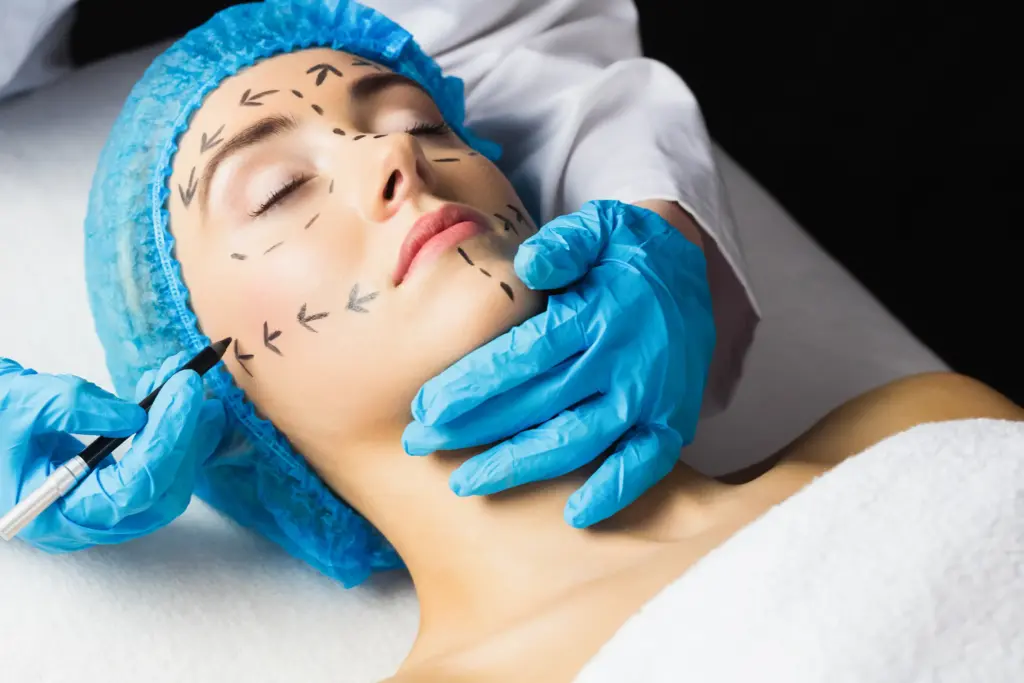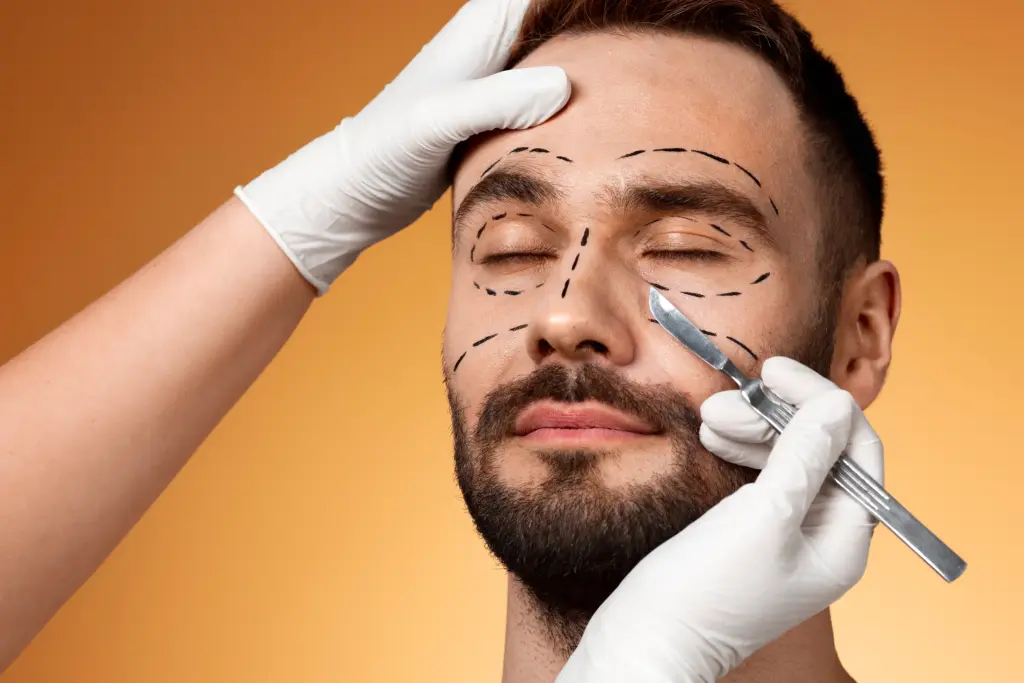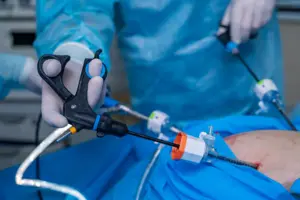
Plastic surgery: Plastic surgery is one of the most misunderstood specialities in medical science. We rebuild faces after trauma, close complex wounds, restore function after cancer, and yes, perform aesthetic procedures that help people feel more like themselves.
This guide separates myth from fact so you can make safe, well-informed choices.
Quick Definitions (so we’re on the same page)
- Plastic surgery: The umbrella speciality. Includes both reconstructive and aesthetic work.
- Reconstructive surgery: Restores form and function (post-cancer, burns, injuries, congenital differences).
- Aesthetic/cosmetic surgery: Refines appearance (rhinoplasty, liposuction, breast procedures, facelifts).
- Non-surgical aesthetics: Injectables (botulinum toxin, fillers), lasers, and energy-based devices.
Also Read | Our Expert Article – Dr Kalpana Savani On Brushing Right: Technique, Timing, Pressure
12 Common Myths and The Facts About Plastic Surgery
Myth 1: “Plastic surgery is only for vanity.”
Fact: Much of our work is reconstructive, like reconstructive breast surgery after breast removal due to breast cancer, closing diabetic foot ulcers, freeing burn contractures, rebuilding after oral cancer, correcting cleft lip/palate. Even “cosmetic” surgery can improve function (e.g., rhinoplasty to improve breathing).
Myth 2: “Results always look fake.”
Fact: When performed by a qualified surgeon with proper planning, results should be proportionate and natural. “Overdone” outcomes often reflect poor indications, technique, or unrealistic goals, not an inevitability of surgery.
Myth 3: “Liposuction is a weight-loss shortcut.”
Fact: Liposuction is a body-contouring tool, not an obesity treatment. It reshapes stubborn fat pockets in people who are near a healthy weight. Diet, exercise, and overall metabolic health still matter.
Myth 4: “Breast implants are unsafe.”
Fact: Modern, approved implants are tested for safety. Like any device, they are not lifetime products and require surveillance. Rare complications (e.g., capsular contracture, rupture, BIA-ALCL) are discussed during consent. For many patients, implants are part of post-cancer reconstruction and quality-of-life recovery.
Myth 5: “Botulinum toxin and fillers are toxic.”
Fact: In medical doses and in the correct hands, these are safe and reversible tools. Complications (e.g., bruising, swelling, vascular occlusion with fillers) are manageable when the injector is properly trained and the setting is medical.

Myth 6: “Scars can be erased completely.”
Fact: Scars are permanent, but they can often be improved. Good incision placement, meticulous closure, silicone therapy, lasers, steroid injections, and time all help. The goal is a fine, flat, and well-hidden scar, not “no scar.”
Myth 7: “It’s unbearably painful.”
Fact: With modern anaesthesia and multimodal pain control, most patients report discomfort rather than severe pain. Recovery experiences vary by procedure, but pain is typically well-managed.
Myth 8: “Dark or dusky skin tones can’t undergo aesthetic procedures.”
Fact: They can, with tailored protocols. We adjust laser wavelengths, energy settings, and aftercare to reduce risks like hyperpigmentation. Proper patient selection and surgeon experience are key.
Myth 9: “Surgery stops ageing.”
Fact: Nothing halts the clock. Facelifts, eyelid surgery, and skin treatments reset some signs of ageing, but lifestyle (sleep, sun protection, nutrition, stress control) keeps results looking good.
Myth 10: “Any doctor who ‘does cosmetic’ is the same as a plastic surgeon.”
Fact: In India, look for surgeons with MCh or DNB in Plastic & Reconstructive Surgery and hospitals/clinics with safe anaesthesia support. Training matters, and so do ethics, facility standards, and a culture of informed consent.
Myth 11: “Downtime is always long.”
Fact: Many procedures are day-care or short-stay. Non-surgical treatments have minimal downtime. Larger surgeries (e.g., abdominoplasty) need more recovery, but with planned timelines, most people return to routine activities sooner than they expect.
Myth 12: “You can copy a celebrity’s nose or jawline.”
Fact: Your facial skeleton, skin thickness, and proportions are unique. Good surgery enhances your harmony rather than replicating someone else’s anatomy.
When Plastic Surgery Is the Right Choice, and When It Isn’t
Appropriate when:
- A functional problem exists (breathing difficulty, eyelid ptosis, post-cancer defects, non-healing wounds).
- A well-defined concern affects confidence or daily life, and you understand realistic outcomes and risks.
Not appropriate when:
- Goals are vague (“Make me look perfect”), pressured by others, or tied to crisis moments.
- Medical conditions are uncontrolled (e.g., diabetes, untreated anemia), or you’re smoking and unwilling to stop.
- You’re seeking surgery to fix non-appearance problems (relationship, career, self-worth).
Also Read | Our Expert Article: Dr Dimple Chhatwani on What IVF Means for Couples Trying to Conceive
What a Proper Consultation Should Include?
- Full medical history and medications review.
- Photography and measurements; 3D planning where useful.
- Options explained: surgical and non-surgical, including the option to wait or do nothing.
- Risk discussion: bleeding, infection, scarring, asymmetry, anesthesia risks, need for revisions.
- Recovery map: timelines for work, exercise, travel, and special events.
- Cost transparency: surgeon fee, facility, anesthesia, devices, follow-ups.
Choosing a Safe Surgeon in India: A Practical Checklist
- Credentials: MCh/DNB (Plastic & Reconstructive Surgery).
- Facility: Accredited operating theatre; qualified anesthesia team; emergency protocols.
- Case volume & portfolio: Before/after images of patients like you, not stock.
- Informed consent: Clear discussion of benefits, alternatives, risks, and recovery.
- Aftercare: Written instructions, reachable team, and scheduled follow-ups.
- Ethics: No hard-sell packages, no unrealistic guarantees, no pressure to “add more.”
- Preparing for Surgery or Injectables: Your Action Plan
- Health tune-up: Optimise sleep, nutrition, blood sugar, and blood pressure. Stop smoking/vaping; limit alcohol.
- Medications: Share all prescriptions and supplements (some increase bleeding).
- Sun protection: Crucial before and after—especially for skin procedures.
- Logistics: Arrange a caregiver, time off work, and a clean recovery space.
- Mindset: Understand swelling, bruising, and “healing stages” are normal. Final results can take months.
Procedure Snapshot: Common Goals & Realities
- Rhinoplasty: Improves breathing and/or shape. Swelling can last months; tip definition refines slowly.
- Breast surgery (augmentation, reduction, lift): Relief from neck/shoulder pain (reduction), symmetry improvements, confidence gains. Expect activity restrictions for a few weeks.
- Liposuction/abdominoplasty: Contouring and muscle repair (if indicated). Compression garments are part of recovery.
- Blepharoplasty (eyelids): Fresher look, sometimes better peripheral vision.
- Injectables: Subtle refresh with quick recovery; require maintenance at safe intervals.
Plastic surgery is not about chasing perfection; it’s about aligning form and function with your health and goals. The safest, most satisfying results come from the right indication, the right surgeon, and the right expectations.
Medical Disclaimer: This content is for general information and does not replace a consultation with your own doctor. Procedures and timelines vary by individual health status. Always seek personalised medical advice from a qualified clinician.








